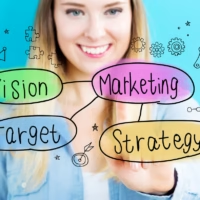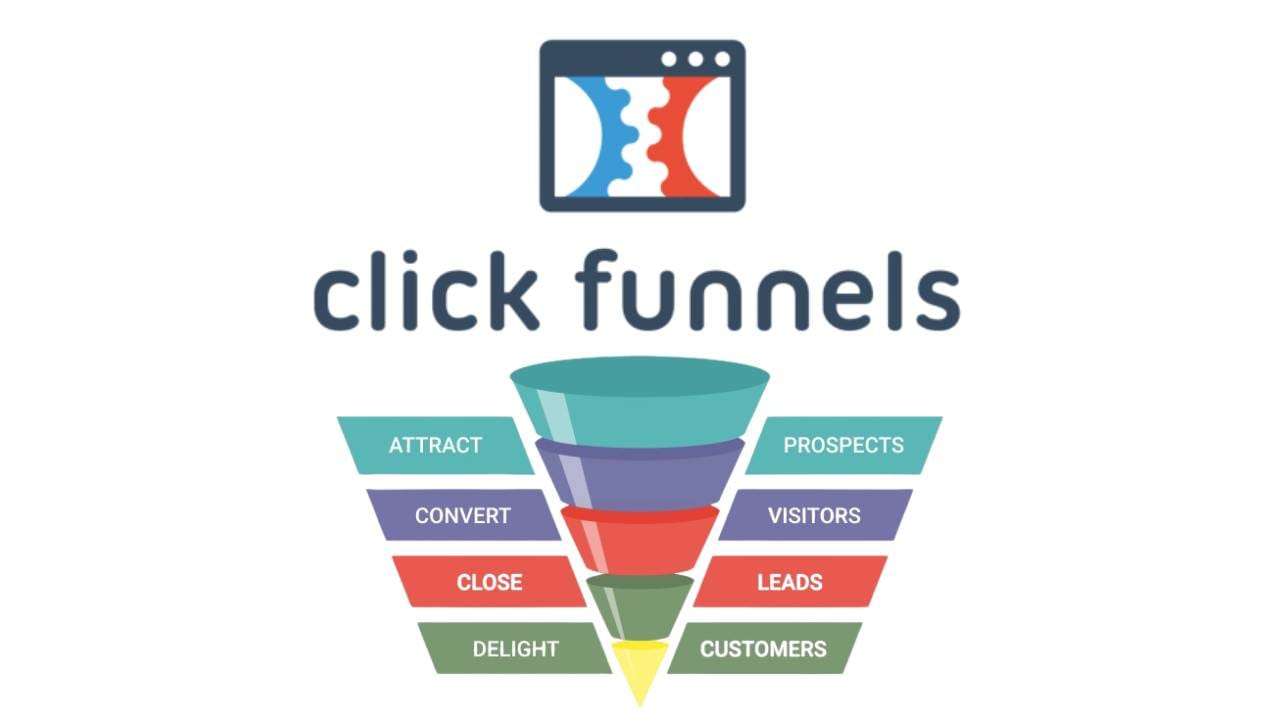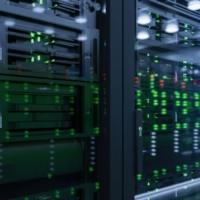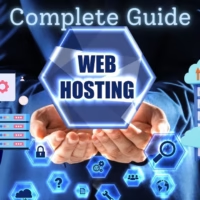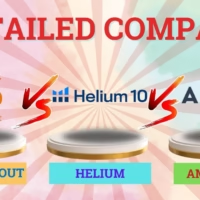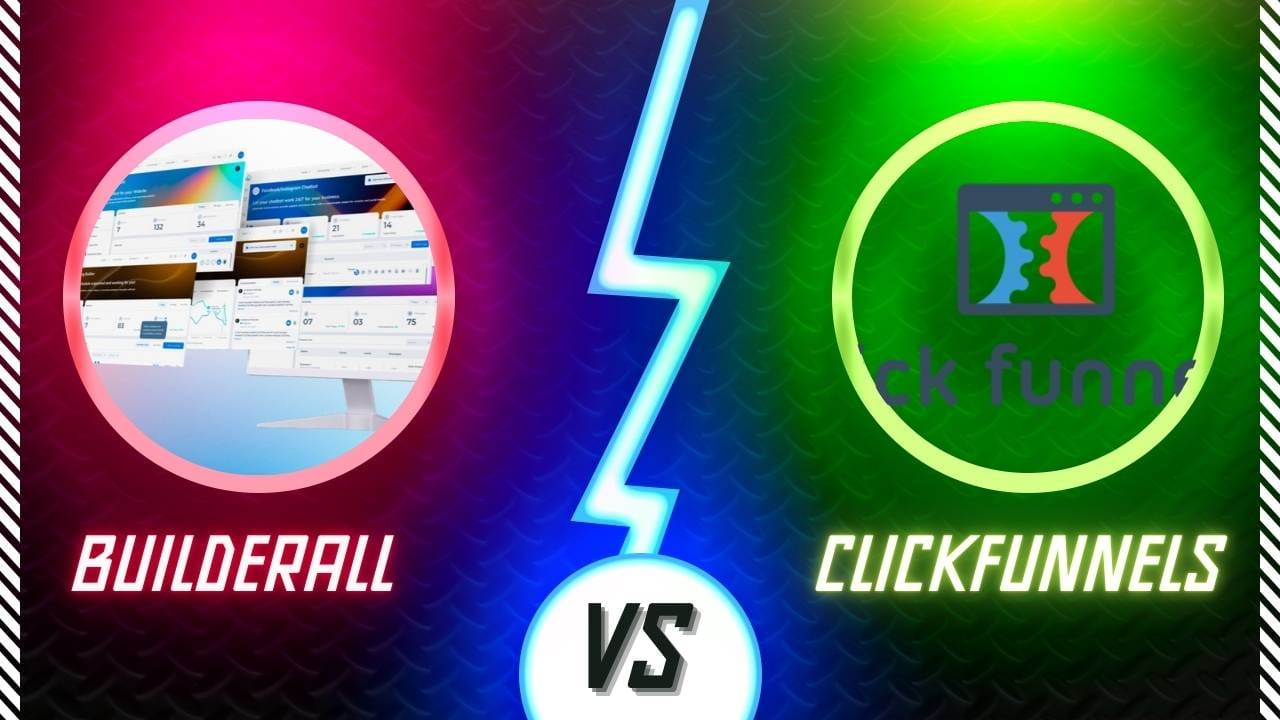Discover the top trends in digital services for 2025! Stay ahead of the curve with insights on innovations shaping the future.
Table of contents
- Introduction
- Defining the Digital Services Landscape
- The State of SaaS in 2025
- The Growing Influence of Artificial Intelligence
- Data-Driven Decision-Making and Analytics
- Cloud Computing and Infrastructure Trends
- Cybersecurity and Digital Trust
- The Rise of Low-Code/No-Code Platforms
- Immersive Technologies and the Future of Interaction
- IoT, 5G, and Connected Ecosystems
- Personalization, CX, and the Human Element
- Talent, Skills, and Workforce Transformation
- Preparing for 2025 and Beyond
Introduction
The world of digital services is evolving at an unprecedented pace. From software-as-a-service (SaaS) solutions that streamline business operations to artificial intelligence (AI)-driven applications that enhance decision-making, today’s digital landscape looks very different from what it did just a few years ago. As we move toward 2025, rapid advances in cloud technology, data analytics, and customer experience tools are poised to redefine how businesses and consumers interact with digital platforms. The coming years promise greater connectivity, personalization, and security—even as companies grapple with new regulatory, ethical, and technical challenges.
In this comprehensive overview, we will explore the major trends in digital services that are likely to shape the market in 2025. We will cover everything from the evolution of SaaS and the growing role of AI to the emerging influence of low-code/no-code platforms and the rise of immersive technologies like virtual reality (VR) and augmented reality (AR). By examining these trends in detail, organizations, developers, and consumers alike can prepare for the changes ahead, ensuring that they remain agile, informed, and ready to capitalize on the opportunities of the digital future.
Defining the Digital Services Landscape
Digital services encompass a vast spectrum of technologies and offerings designed to improve efficiency, communication, and innovation. These services go beyond traditional software products to include cloud-based platforms, AI-driven tools, internet-connected devices, and immersive experiences that blend the digital and physical worlds. By 2025, digital services will be more deeply woven into the fabric of both personal and professional life, supporting everything from individual health monitoring to global supply chain management.
Key characteristics of this evolving landscape include:
- Seamless Integration: Digital tools will work together fluidly, sharing data and insights across platforms to provide a holistic user experience.
- User-Centric Design: The focus will shift more strongly toward intuitive interfaces and personalized content.
- Innovation at Scale: With increased computational power and connectivity, even small organizations will have access to tools once reserved for large enterprises.
The convergence of these factors sets the stage for 2025, when the lines between different digital services—SaaS, AI, IoT—will blur, and integrated ecosystems will become the new norm.
The State of SaaS in 2025
Evolution of the SaaS Model
Since its inception, Software-as-a-Service (SaaS) has democratized access to powerful applications by delivering them over the internet on a subscription basis. By 2025, SaaS offerings will become increasingly modular, allowing organizations to plug in components that best suit their business models and workflows. This composable approach will enable more tailored solutions:
- Modular Apps: Companies can choose distinct functionalities as microservices rather than adopting entire monolithic solutions.
- Frequent Updates: Continuous integration and continuous deployment (CI/CD) pipelines will ensure that features are rolled out without disruption.
- Usage-Based Pricing: More granular billing models will emerge, billing users based on consumption instead of flat subscription fees.
Verticalization and Industry-Specific Solutions
Horizontal SaaS platforms currently offer broad functionality but lack specialized depth. In 2025, vertical SaaS providers will gain momentum, delivering solutions that address the unique challenges of specific industries, from healthcare compliance tracking to retail inventory optimization. This focus will allow vendors to deliver:
- Compliance-Ready Features: Solutions that meet industry regulations (e.g., HIPAA for healthcare) from the outset.
- Tailored UX: Interfaces designed with industry workflows in mind.
- Domain Expertise: Built-in best practices and insights informed by sector specialists.
Hybrid and Multi-Cloud Integration
The multi-cloud model will become standard practice, as businesses balance the capabilities of different providers. SaaS platforms in 2025 will support seamless data exchange between various clouds—public, private, hybrid—providing businesses with greater flexibility, cost efficiency, and vendor neutrality.
The Growing Influence of Artificial Intelligence
AI-Driven Analytics and Predictive Models
Artificial intelligence will continue to push boundaries, moving beyond rudimentary automation toward complex decision support. By 2025, AI-driven analytics will not only provide descriptive insights but also predictive and prescriptive recommendations. Companies will harness AI to:
- Forecast Trends: Predict market shifts, customer demand, and resource allocation needs.
- Enhance R&D: Accelerate product development cycles by simulating scenarios and testing hypotheses virtually.
- Improve Operational Efficiency: Optimize routing, scheduling, and procurement processes by analyzing historical and real-time data.
Conversational AI and Intelligent Chatbots
Natural language processing (NLP) and machine learning (ML) will enable chatbots and virtual assistants to understand context, emotion, and intent. In 2025, conversational AI will handle more complex queries, guide users through intricate procedures, and even learn from each interaction. This evolution will produce:
- Context-Aware Interactions: Chatbots that remember past user inputs and tailor responses accordingly.
- Multi-Lingual Support: Increased fluency in multiple languages, enabling global support.
- Seamless Handoffs: When needed, bots will smoothly transfer a user to a human agent with full context preserved.
Ethical AI and Explainable Models
As AI becomes more integral, concerns about bias, transparency, and ethical decision-making will intensify. By 2025, we will see stricter regulations and industry standards that require explainable models—AI systems that can outline their reasoning in human-readable terms. To foster trust, organizations will:
- Implement Fairness Checks: Regularly audit AI models for bias and ensure equitable outcomes for all user groups.
- Invest in Model Interpretability: Deploy tools and frameworks that allow both developers and stakeholders to understand how decisions are made.
- Adopt Ethical Guidelines: Align AI development with defined principles, codes of conduct, and regulatory frameworks.

Data-Driven Decision-Making and Analytics
Advanced Data Visualization and Storytelling
Data visualization tools in 2025 will go beyond static dashboards. They will incorporate dynamic storylines, interactive elements, and automated insights, making it easier for users to understand complex information. Interactive data storytelling will help stakeholders:
- Discover Patterns Effortlessly: Guided visual narratives will highlight key trends and outliers.
- Collaborate on Insights: Shared, cloud-based platforms will let teams comment, annotate, and brainstorm directly on visual reports.
- Accelerate Decision Cycles: Clear and intuitive visuals will speed up the path from data to action.
Real-Time Insights for Immediate Action
Waiting days or weeks for a report will be outdated. Real-time analytics pipelines will monitor metrics continuously and trigger alerts when predefined thresholds are reached. By 2025, organizations will:
- Shorten Feedback Loops: Rapid responses to operational changes, market fluctuations, or security threats.
- Automate Responses: Intelligent systems that auto-adjust pricing, resource allocation, or marketing campaigns based on live data.
- Facilitate Scenario Testing: Simulate potential changes in real-time to guide immediate strategic decisions.
Data Fabric and Universal Data Management
Data fabric architectures will unify disparate data sources—cloud, on-premises, IoT devices—into a cohesive, accessible fabric. This will simplify data management and empower better analytics, enabling:
- Single View of Data: A unified repository where users can find and access data without complex migrations.
- Contextual Data Delivery: Data presented in a business context, making it more actionable.
- Streamlined Governance: Centralized policies for security, quality, and compliance applied consistently across the fabric.
You Might Like: Best SaaS Tools for Remote Teams: Collaboration Made Easy
Cloud Computing and Infrastructure Trends
Edge Computing and Distributed Architectures
By 2025, centralized computing models will be supplemented by edge computing—processing data closer to the source. This approach reduces latency, improves reliability, and alleviates bandwidth burdens. As part of this shift, organizations will:
- Empower IoT Devices: Advanced data processing at the device level to handle sensor data locally.
- Improve Latency-Sensitive Applications: AR/VR platforms, autonomous vehicles, and industrial robots will benefit from near-instant responses.
- Enhance Resilience: Distributing workloads across multiple nodes ensures continuous service even if one node fails.
Green Cloud Initiatives and Sustainability
Sustainability will be a top priority. Cloud providers and enterprises will focus on energy efficiency, carbon neutrality, and environmentally responsible data centers. Efforts will include:
- Renewable Energy Use: Data centers powered by solar, wind, or hydroelectric sources.
- Innovative Cooling Solutions: Advanced cooling technologies, liquid immersion cooling, or using natural cooling sources to reduce power consumption.
- Carbon Accounting: Reporting and offsetting carbon footprints through validated environmental projects.
Serverless Computing and Reduced Operational Overheads
Serverless architectures—where cloud providers handle server management and allocation—will gain even more traction in 2025. This model lets developers focus on code rather than infrastructure, leading to:
- Faster Development Cycles: Rapid prototyping and deployment with minimal operational burdens.
- Cost-Effectiveness: Pay-as-you-go pricing models aligned closely with actual usage.
- Scalability on Demand: Automatic scaling to handle traffic spikes without manual intervention.
Cybersecurity and Digital Trust
Zero-Trust Security Architectures
As cyber threats become more sophisticated, a zero-trust approach—where every access request is verified regardless of origin—will become the norm. By 2025:
- Contextual Authentication: Users and devices are continuously authenticated based on behavior patterns, not just credentials.
- Micro-Segmentation: Dividing networks into secure zones to limit lateral movement by attackers.
- Adaptive Policies: Automated security policies that respond to real-time threat intelligence.
Privacy-by-Design and Regulatory Compliance
Global data protection laws (e.g., GDPR, CCPA) and emerging regulations will enforce stringent privacy standards. Organizations will integrate privacy into product design from the start, ensuring:
- Data Minimization: Collecting only the necessary data and applying anonymization or pseudonymization where possible.
- Built-In Consent Mechanisms: Providing transparent choices and control to users over their data.
- Cross-Border Compliance: Adhering to international data transfer regulations while maintaining service continuity.
Quantum-Resistant Encryption Technologies
Quantum computing’s potential to break existing cryptographic methods will drive the adoption of quantum-resistant encryption. By 2025, many organizations will:
- Begin Transitioning to Post-Quantum Cryptography: Implementing algorithms resistant to quantum attacks.
- Rigorously Test New Standards: Collaborating with industry groups to validate the security and performance of new methods.
- Educate Stakeholders: Training technical teams in quantum-resilient protocols.
The Rise of Low-Code/No-Code Platforms
Democratizing App Development
Low-code/no-code platforms will empower a broader range of professionals—beyond software engineers—to create digital solutions. By 2025, these platforms will:
- Shorten Development Timelines: Rapid assembly of components without writing extensive code.
- Reduce IT Backlogs: Non-technical staff can create prototypes or simple applications, freeing developers for complex tasks.
- Improve Flexibility: Quick iteration on app designs based on immediate user feedback.
Hybrid Skillsets: Citizen Developers and Pro Developers
The rise of citizen developers will not eliminate the need for professional coders. Instead, it will reshape teams and skill requirements:
- Collaborative Model: Citizen developers build initial prototypes; professionals refine and secure them.
- Role Shifts: Developers may move toward more architectural and integrative functions.
- Training and Governance: Organizations must train staff on platform use and enforce governance to maintain code quality and security.
Integration with AI and Automation
Low-code/no-code platforms will integrate AI-driven recommendations, suggesting data models, workflows, or interfaces to speed up development. This synergy will produce:
- Smart Templates: Pre-built solutions for common business processes.
- Automated Testing: AI tools that test applications during development to prevent errors.
- Contextual Guidance: On-screen tips and guidance based on user actions and best practices.
Immersive Technologies and the Future of Interaction
Extended Reality (XR): VR, AR, and MR
Virtual Reality (VR), Augmented Reality (AR), and Mixed Reality (MR) applications will expand far beyond gaming and entertainment. In 2025:
- Business Applications: Virtual showrooms, AR-guided maintenance for machinery, and VR-based training simulations.
- Healthcare and Education: Medical training, remote surgery guidance, immersive educational content.
- Retail and Marketing: AR product previews, virtual fitting rooms, and interactive brand experiences.
Haptic Feedback and Sensory Interfaces
Advances in haptic feedback will bring a sense of touch and texture to digital environments. This will revolutionize:
- E-Commerce: Letting customers “feel” products virtually.
- Remote Collaboration: Teams can manipulate virtual objects as if they were physical.
- Accessibility Tools: Assisting users with disabilities through tactile cues and guidance.
Collaborative Virtual Environments for Business
Distributed teams will meet in shared virtual spaces, working on digital whiteboards, product prototypes, and 3D models. By 2025, immersive collaboration tools will:
- Boost Productivity: Faster decision-making through hands-on, immersive problem-solving.
- Enhance Remote Social Presence: More natural engagement and rapport-building among team members.
- Support Global Operations: Seamless cross-border communication without travel costs.
IoT, 5G, and Connected Ecosystems
Smart Cities, Homes, and Industrial IoT
By 2025, IoT device proliferation will deliver insights and efficiencies across multiple domains:
- Cities: Intelligent traffic management, optimized waste collection, and responsive public lighting.
- Homes: Connected appliances that optimize energy use, provide safety alerts, and simplify daily routines.
- Industry: Predictive maintenance in factories, automated supply chain tracking, and resource optimization.
5G Connectivity and Edge Processing Synergy
5G networks will deliver low-latency, high-bandwidth connections, enhancing IoT performance. Combined with edge processing:
- Real-Time Analytics: Devices can process data locally and transmit only key findings.
- Enhanced Reliability: Critical applications (e.g., autonomous drones) can operate smoothly without delays.
- Scalable Connectivity: Support for billions of IoT sensors across diverse geographies.
Standardization and Interoperability Initiatives
A major challenge for IoT is device interoperability. In 2025, industry groups will push for common protocols and standards, ensuring:
- Device Compatibility: Reduced vendor lock-in and simpler system integration.
- Security Norms: Universal security baselines to safeguard IoT ecosystems.
- Data Sharing Frameworks: Smooth data exchange among devices, platforms, and applications.
Personalization, CX, and the Human Element
Hyper-Personalized Customer Journeys
Customer experience (CX) tools will leverage AI and data analytics to understand individual preferences deeply. By 2025:
- Contextual Offers: Promotions, product recommendations, and content tailored to personal habits.
- Predictive Assistance: Support systems that anticipate user needs and offer help proactively.
- Customer Lifetime Value Optimization: Dynamic strategies to retain loyal customers through personalized loyalty programs.
Unified Customer Data Platforms (CDPs)
CDPs will aggregate customer data from all touchpoints into a single, accessible location. This unified view will support:
- Consistent Messaging: Ensuring customers have the same experience whether they interact via web, mobile app, or call center.
- Real-Time Personalization: Immediate adjustments to offers and messaging based on the latest customer behavior.
- Improved Segmentation: Highly accurate customer segments based on granular data points.
Omnichannel Integration and Voice Commerce
Voice interfaces will join web, mobile, and in-person channels to deliver a fully integrated customer experience. By 2025, voice commerce will:
- Streamline Shopping: Allow customers to reorder household items simply by speaking to a smart assistant.
- Improve Accessibility: Enable users with visual or motor impairments to interact easily with digital services.
- Enhance Brand Engagement: Let customers ask questions, get support, or receive product demos via voice-enabled devices.

Talent, Skills, and Workforce Transformation
Upskilling and Cross-Training in Digital Tools
The digital shift demands new skill sets. Employers and employees alike will invest in continuous learning:
- Micro-Learning Modules: Short, targeted training sessions embedded into daily workflows.
- In-House Academies: Internal programs that teach cloud computing, AI, or data analytics skills.
- Partnerships with Educators: Collaborations between companies and educational institutions to keep curricula up-to-date.
Remote Work Culture and Hybrid Teams
Remote and hybrid work models will be solidified, supported by improved digital services:
- Asynchronous Collaboration: Tools enabling team members across time zones to contribute effectively.
- Digital Well-Being Measures: Guidelines and tools that encourage healthy work-life boundaries.
- Global Talent Pool: Recruiting skilled professionals from anywhere in the world, without physical relocation.
Digital Leadership and Strategic Thinking
Leaders in 2025 will need to understand technology’s role in achieving business goals. They must:
- Foster a Digital Mindset: Encouraging innovation, experimentation, and continuous improvement.
- Balance Risk and Reward: Navigating new technologies ethically and securely.
- Communicate a Clear Vision: Ensuring teams understand how digital investments align with overall strategy.
Also Read: Top Digital Marketing Tools to Scale Your Small Business in 2025
Preparing for 2025 and Beyond
Continuous Innovation and Agility
To keep pace with digital trends, organizations must adopt agile frameworks that allow for rapid adaptation:
- Iterative Development: Releasing features in smaller increments for faster feedback loops.
- Cross-Functional Teams: Combining diverse skill sets in multidisciplinary groups.
- Experimentation Culture: Rewarding curiosity and learning from failures to continually improve offerings.
Managing Complexity and Scalability
As services grow more interconnected, complexity rises. By 2025, the focus will be on:
- Platform Engineering: Building platforms that standardize development workflows, tooling, and governance.
- Observability and Monitoring: Tools that provide deep visibility into system health, performance, and security.
- Automation of Repetitive Tasks: Using AI and scripting to manage repetitive maintenance, testing, and deployment tasks.
Long-Term Sustainability and Ethical Considerations
Sustainability and ethics will not be an afterthought. Decisions made today will shape how digital services evolve in a responsible manner:
- Long-Term Environmental Impact: Evaluating the carbon footprint of data centers and optimizing resource usage.
- Data Ethics: Ensuring user data is handled ethically, respecting privacy and informed consent.
- Stakeholder Involvement: Involving customers, employees, and regulators in technology governance decisions.
Example Table: Major Trends and Their Expected Impact by 2025
| Trend | Key Developments | Expected Impact |
|---|---|---|
| SaaS and Verticalized Solutions | Modular apps, industry-specific tools | Increased customization, regulatory compliance |
| AI and Predictive Analytics | Explainable AI, predictive modeling | Better decision-making, enhanced trust |
| Data Fabric and Real-Time Insights | Unified data management, immediate analytics | Faster responses to market changes |
| Edge and 5G Integration | Distributed computing, low-latency networks | Improved performance for IoT and XR |
| Zero-Trust Security and Privacy-by-Design | Continuous authentication, privacy measures | Strengthened security, compliance assurance |
| Low-Code/No-Code Development | Democratized app creation, AI-guided templates | Faster innovation, reduced IT backlog |
| Extended Reality (XR) Applications | VR/AR/MR in business, haptic feedback | Enhanced remote collaboration, immersive CX |
| Unified Customer Data Platforms (CDPs) | Single view of customer data | Personalized experiences, better engagement |
| Remote and Hybrid Workforce Tools | Asynchronous collaboration, digital well-being | Global talent sourcing, improved team dynamics |
| Sustainable and Ethical Tech Initiatives | Green cloud, responsible AI | Long-term viability, public trust |
Conclusion
As we approach 2025, digital services will be more deeply ingrained in the way we live, work, and interact. SaaS models will become more customizable, AI will offer human-understandable insights, and data fabrics will unify information. Cloud infrastructure will move closer to the edge, making systems faster and more resilient. Security frameworks will prioritize trust and accountability, while low-code platforms enable a broader range of users to innovate.
Immersive technologies will bring people together in shared virtual spaces, IoT devices will collect invaluable data at scale, and connectivity through 5G will make real-time operations the default. Personalized customer experiences will become the norm, supported by unified data platforms and intelligent interfaces. Meanwhile, the workforce will embrace new skill sets, flexible work arrangements, and a collaborative culture driven by digital tools.
All of these transformations will occur against a backdrop of increasing complexity and new ethical considerations. Organizations that embrace agility, sustainability, and a people-centric approach to innovation will be best positioned to thrive. Preparing now—through strategic planning, skill development, and thoughtful investments—will help businesses and individuals navigate the dynamic digital environment of 2025 and beyond.



